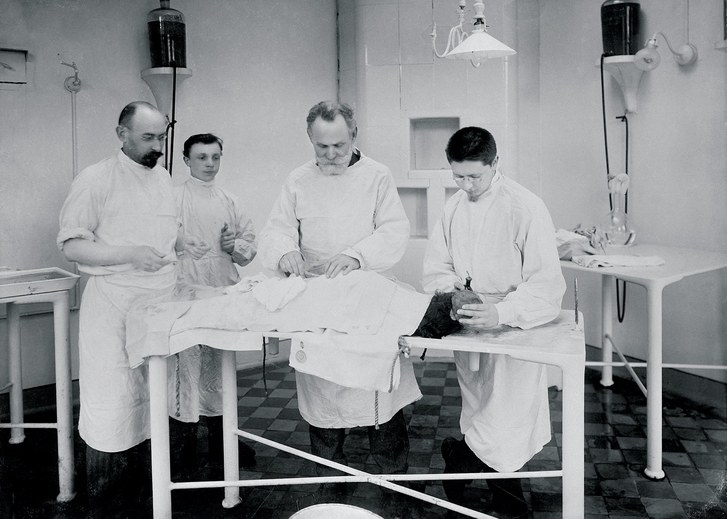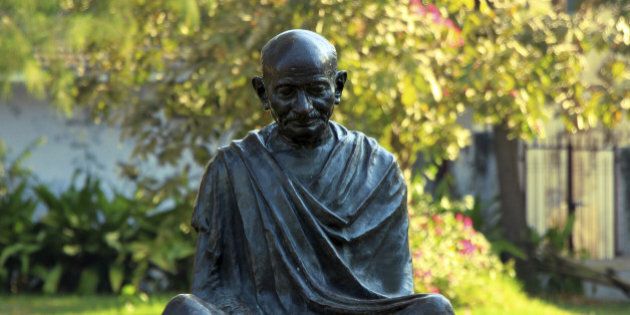Bordering European and Asian countries, as well as the Pacific and Arctic oceans, with landscapes ranging from tundra and forests to subtropical beaches, the Russian psyche has a lot to offer just like its varied geography. Understanding Russian culture and psychology should be viewed considering three factors: the nature of the Russian soul, the current state of the Russian economy, and the widespread loss in Russian families due to Stalin’s regime.
Starting from street behaviour to table manners, there are certain misconceptions that foreigners have about Russians. For instance, in India or in the USA, smiling at strangers on the street is not an aberration. In Russia though, one is considered a simpleton if he/she smiles at strangers. This does not mean that Russians are unfriendly, severe or unhappy. Russians have learnt to be guarded owing to the country’s turbulent history.
Spanning over eleven time zones, Russia has immense diversity. There are more than 100 identified ethnic groups in Russia, of which 41 are legally recognized as “Indigenous small-numbered peoples of North, Siberia, and the Far East.” These are the groups that are legally protected as Indigenous peoples. Russia’s Indigenous peoples make up merely 0.2% of the total population, or 250,000 people total; however, they inhabit about two-thirds of Russia’s territory. The indigenous peoples of Russia are a diverse and varied lot.
Yet, they share some common characteristics: many of them are nomadic or seminomadic, and practice animism (the belief that objects, places, creatures and natural phenomena all possess a distinct spiritual essence). Their lifestyles are based on hunting, gathering, fishing, and reindeer herding. In many of these groups, an adherence to traditional lifestyle has become ever so important since the collapse of the Soviet economy.
Many of the regions in Russia have their own cultural traditions, religions, and their own languages as well. For instance, in the Republic of Tatarstan, there is a large Tartar population that speaks Tartar, in addition to Russian, and the inhabitants follow Sunni Islamic traditions.
Indigenous Psychology of Russia
Russian psychology has witnessed remarkable twists and turns during its 125 years—from the brilliant research by early giants such as Vladimir Bekhterev, Ivan Pavlov, Alexander Luria to the infamous murder of Bekhterev in 1927, and the outlawing of psychological testing (“testy”) in 1936 by the Communist Party of the Soviet Union (Takooshian & Trusov, 1992).
There are five chief principles which characterize Russian Psychology today.
- The principle of psycho-physiological unity is based on the idea of the psyche as a connecting link of organic substratum of psyche and the object, which is represented there. So the substratum, object and psyche is a single whole.
- The principle of development suggests considering the process of adaptation of psyche under the influence of natural changes (development) of nervous system and psycho- physiological functions.
- The principle of historicism means that the way of life, the way of thinking, feeling and also consciousness are determined by historical development of the society. The consciousness of human beings depends on their social life; the personal experience of people influence their attitudes, their way of thinking and feeling.
- The principle of unity of theory and practice endorse psychological researches and practice on the foundation of theoretical substantiation. Also theory should change, when it gets feedback from practice.
- The principle of unity of consciousness and activity is the main principle of Soviet Psychology. It means that psychological characteristics of a person become apparent and at the same time are formed within the activity, and personal characteristics are at the same time preconditions and results of behavior. Person and activity make up a unity.

Some of the most powerful psychological theories, ensuing from these principles are as follows:
The Psychological Theory of Activity describes the process of achievement of a specific goal by the person, resulting in transformation of objects in proximity. Activity that one observes when the person works possesses an internal structure. This structure consists of need, motive, goal and purposes. Needs imply any need of an organism. Motive is the concrete subject, capable of satisfying the need. The goal is an image of the result of the actions directed towards the satisfaction of the need. Purpose refers to the concrete conditions of achievement of the goal. Four components in the system provide a description of a mental picture of activity. Application of theory in practice reduces errors, and increases labor productivity. This theory was propounded by S.L.Rubinshtein, B.F.Lomov, A.N.Leont’ev and others.
The second important theory is called The Concept of Development of Higher Mental Functions.
Accordingly, in the process of the cultural and historical development of human beings, natural mental functions (memory, thought, language etc.) become unconditioned (controllable). This concept shows how the person gets control over his/her own mental functions at the expense of internalization of cultural tools for the control of the psyche. The higher mental functions develop during the lifespan, are mediated by culture, are originally social and are unconditioned. The originators of this theory are L.S.Vygotsky, and his followers – A.R.Lurija, A.N.Leont’ev, A.V.Zaporozhets, D.B. Elkonin, P.Y.Galperin and others.
The Russian Psychological Society
The history of the Russian Psychological Society (RPS) is an excellent proxy for understanding the trajectory, evolution, as well as the devolution of psychology in Russia.
The history of Russian Psychological Society dates back to 1885, when Psychological Society was founded at Moscow Imperial University (currently known as Lomonosov Moscow State University) for the purpose of development of psychology “in all its branches, applications, and history, and for dissemination of psychological knowledge in Russia”.
The founders focused the Society’s concerns on (as stated in its Charter):
- Systems of Psychology, in all forms of its study
- Application of Psychological Knowledge to other sciences, such as logic, morale, philosophy, law, aesthetics, pedagogy and other
- History of Psychology and its role in the old and in the new times.
RPS played a significant role in accelerating the growth of the academic interest of a nascent field of research, which sought to spin away from philosophy. In addition, RPS also resorted to publishing and translating international psychological research.
From the very beginning, the Society began to collect and publish works of its members and translate those of prominent foreign psychologists. Among the first honorable members of Russian Psychological Society were Wilhelm Wundt, Theodule Ribot, Hermann Ludwig Ferdinand von Helmholtz, William James, Edward Bradford Titchener and others.
The Russian Psychological Society saw a steady increase in membership until the Revolution of 1917.Although national reforms and the Russian Civil War brought the official activity of Russian Psychological Society to a standstill, up until the last moment of its operation the Society continued to serve the discipline, the members and the public.
After it was restored as The Union of Psychologists of USSR in the year 1957, the traditions of high personal and scientific culture witnessed a comeback to the Society by a new generation of scientists. During the latter half of the 20th century, there were increased opportunities for psychologists working in areas such as cosmonautics, education, development and labour. The Society was restructured many a time, leading to the formation of various Divisions, Boards, committees and subsystems to accommodate the many interests of its members. The RPS not only believes in the celebration of achievements in the domain of psychology but also focuses on future developments for the discipline and the governing body. The RPS derives support through many Member Networks. Today the total membership of the Russian Psychological Society stands at over 5,000 members at 62 regional branches. The academic base of psychology has flourished and there has been an upswing in the popularity of the subject. The professional practice of psychology continues to thrive through the scrutiny applied to training and qualifications by the members and through the greater understanding and acceptance of psychology by the general public in Russia.
The indigenous psychology of Russia has been through a varied psychological landscape. Starting from the establishment of the first experimental psychology laboratory in 1885 by Vladimir Bekhterev in Russia at Kazan University, to the many universities (listed in the global university rankings) like Higher School of Economics, Lomonosov Moscow State University, Saint Petersburg State University, offering psychology as a subject of study, the contribution of Russians to indigenous cultural psychology has been unmistakably significant.














